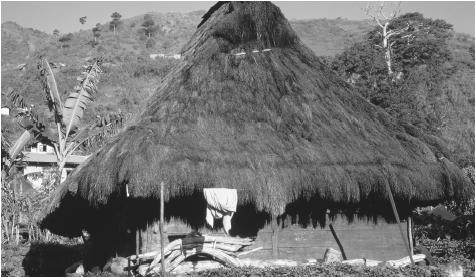
Political Life
Government.
The country has a republican form of government that was developed during the commonwealth period. It contains three branches: executive, legislative, and judicial. The first constitution, based on the United States Constitution, was written in 1935. When President Marcos declared martial law in 1972, that constitution was replaced by another one providing for a head of state, a prime minister, and a unicameral legislature. The president had the power to dissolve the legislature, appoint the prime minister, and declare himself prime minister. A new constitution was approved in a national referendum in 1987. It was similar to the 1935 constitution but included term limitations. The 221 members of the House may serve three consecutive three-year terms, which is also the case for provincial governors. The twenty-four senators, who are elected at large, may serve two consecutive six-year terms. The president serves one six-year term, but the vice president may serve two consecutive six-year terms. The president and vice president do not run on the same ticket and may be political opponents.
The seventy provinces have governors but no legislative bodies. Over sixty cities have been created by legislation. Cityhood is desirable since cities are funded separately from the provinces so that additional federal money comes into the area. Each province is divided into municipalities. The smallest unit of government is the barangay, which contains up to two hundred dwellings and an elementary school. The barangay captain distributes funds at the local level.
Leadership and Political Officials.
Charges of corruption, graft, and cronyism are common among government officials at all levels. People accept cronyism and the diversion of a small percentage of funds as natural. Rewriting the constitution to eliminate term limits and establishing a strong two-party system are the reforms that are discussed most often. Politicians move from party to party as the needs of their constituencies dictate because the political parties have no ideologies.
Many of the people who are currently active in politics were politically active in the commonwealth era. Men of rank in the military also move into the

political arena. Joseph Estrada, whose term as president is 1998–2004, entered the public eye as a popular film star. He then became the mayor of a large city and went on to become vice president in the Ramos administration. Previous presidents have had political or military backgrounds, with the exception of Corazon Aquino, the president from 1986 to 1992, who became politically active after her husband was assassinated.
Social Problems and Control.
The formal system of law mirrors that of the United States. A police force, which has been part of the army since 1991, and a system of trials, appeals, and prisons are the components of the apparatus for dealing with crime. Theft is the most common crime. Because the Philippines has a cash economy, thieves and pick-pockets can easily gain access to thousands of pesos. Petty thieves are unlikely to be apprehended unless a theft is discovered immediately. Another common crime is murder, which often is committed under the influence of alcohol. Guns are readily available. Incest is punished severely if the victim is younger than fifteen years old. Capital punishment by lethal injection was restored during the Ramos administration. Six executions of men convicted of incest have taken place since 1998. Illicit drugs are found throughout the archipelago but are more common in the capital area and the tourist centers. Marijuana and hashish are exported.
An ongoing concern is the desire for autonomy among tribal groups. Mindanoao and the Cordilleras Autonomous Region, where indigenous groups are located, are allowed a greater degree of local control and receive additional funds from the government. Muslim Mindanao has a strong separatist movement. Terrorist groups have developed in support of the movement. In the year 2000, terrorists engaged in acts of kidnaping for ransom, a crime that is common in the country. The government deployed additional military forces to attack terrorist strongholds.
Military Activity.
The armed forces consist of an army, a navy, a coast guard, and an air force. The army includes the Philippines National Police; the navy includes the marines. Military service is voluntary. Public respect for the military is high. Military expenditures account for 1.5 percent of the gross domestic product. Current military activity is focused on terrorist activity in Mindanao. The oil-rich Spratly Islands in the South China Sea are an area of concern that is monitored by the navy. The Spratlys belong to the Philippines but are claimed by several other countries, and the Chinese have unsuccessfully attempted to establish a base there. In 1998, the Philippines signed a visiting forces agreement that allows United States forces to enter the country to participate in joint training maneuvers.
Contact
Philippine History and Rizal
The Manikens ResortKiAn Course
Veto Cruz Village
Philippines
+639 42 7778 ****
+639 07 3663 ****